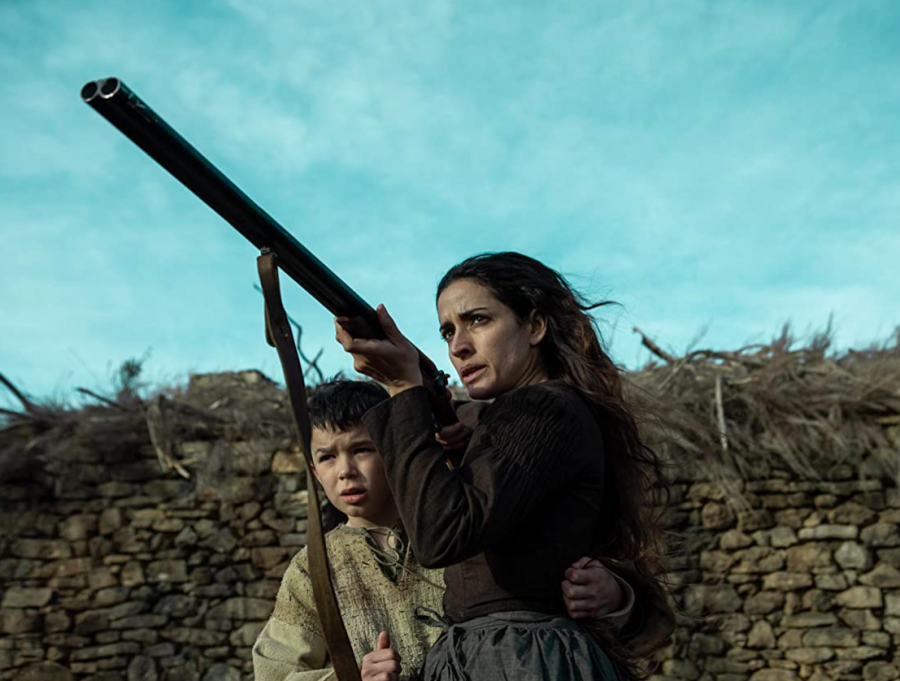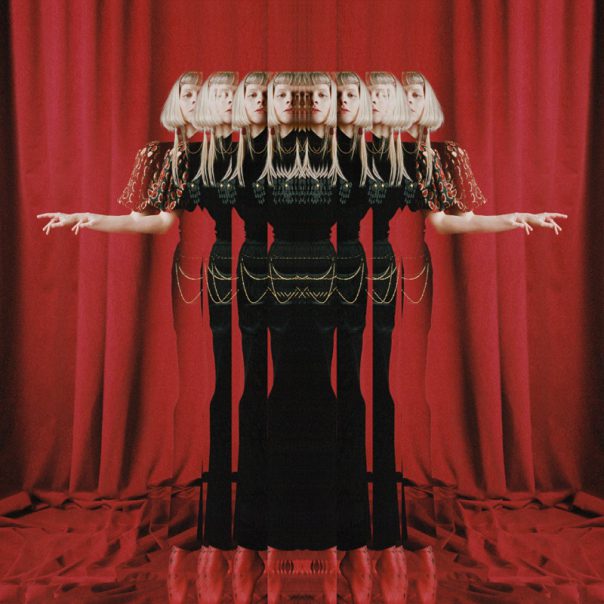The first thing to say about “Beowulf” is that you should see it. Students who have read the original poem might be tempted to skip Robert Zemeckis’ take on the legend, but don’t make that mistake. There are certainly similarities between the two stories, yet at best the characters and locations keep their original names. The new film, which plays mostly in 3D, feels like a modern statement, more advanced in the literary evolution. Beowulf’s character is conflicted and more pompous than ever, and still closer to the original Beowulf. Ray Winstone (“The Departed”) provides the voice and some of the hero’s face, which were scanned into the computer with Zemeckis’ motion capture technology. Aaron Stevens was used as a model for Beowulf’s stunning physique. Animators dressed the hero and gave him form to slay demons along the Danish strip of old England. Angelina Jolie, Anthony Hopkins, and John Malkovich were all involved in bringing to life a story where Beowulf defeats a monster for King Hrothgar (Hopkins), the monster’s father. Years before the events of the film, Hrothgar had made a Faustian bargain with a Grendel’s mother (Jolie) to bring him fame and fortune in exchange for a son. After killing Grendel and meeting his mother (Jolie), Beowulf makes the same deal, and like Hrothgar, he hatches into bitter regret that his fame and honor had been unfairly earned. As much as the film is projected in 3D, Beowulf is a modernized 3-dimensional personality, replete with prideful flaw. The whole film is a post-romantic equation, as close from the themes and spectacle of the original tale as the Bible is to “Rosemary’s Baby.” The screenplay, by Roger Avary and Neil Gaiman, interprets several moments of the original tale as told by unreliable narrators, such as Beowulf’s recounting of his swimming competition with an old friend, which Unferth (Malkovich) heckles him about. As Beowulf tells the story to a crowd of drunken Danes, we see it occur differently than how he tells it. This narrative conception comes from the Renaissance, not to be found until Chaucer wrote his Canterbury tales. For die-hard fans of the poem, the anachronism dogs the film with an uncanny perserverance, draining it of all notions of the honor and heroic feats that dazzle in the original text. This film doesn’t dazzle. It scintillates. It arcs, like lighting The digitalized characters have a magnetism that few can resist, and their actions are as delicious as their art.








